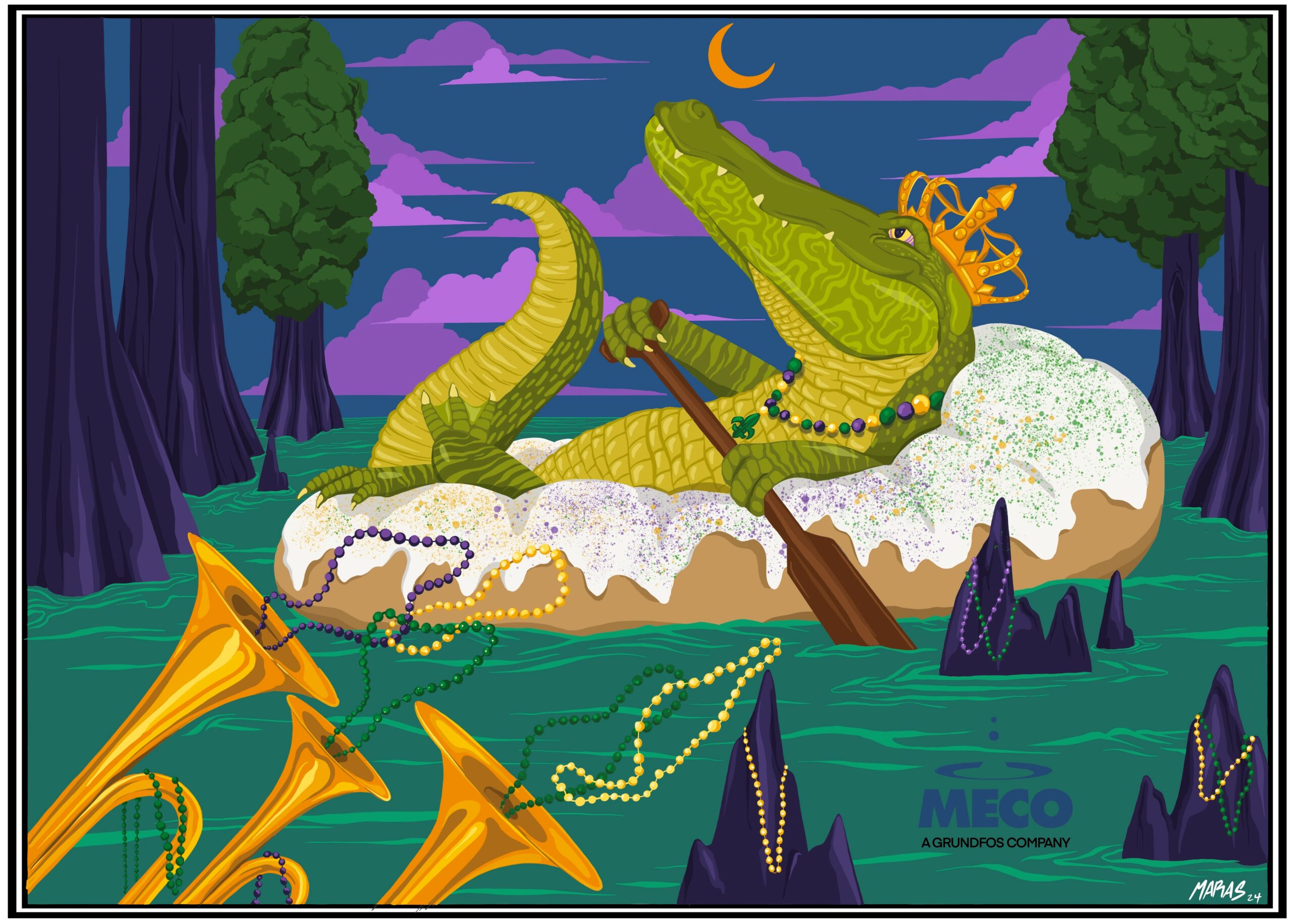Everywhere Else It’s Just a Tuesday

Unraveling the Meaning and History Behind Fat Tuesday for Mardi Gras in New Orleans
Mardi Gras, a time of vibrant celebrations, flamboyant parades, and indulgent revelry, culminates in the grand finale known as Fat Tuesday. As beads fly through the air and the streets of New Orleans fill with music and merriment, there’s a rich tapestry of tradition and history woven into the fabric of this festive occasion. In this blog, we’ll delve into the origins, significance, and evolution of Fat Tuesday, shedding light on why it holds such a special place in the hearts of New Orleanians and revelers around the world.
The Origins of Mardi Gras
To understand the significance of Fat Tuesday, it’s essential to trace its roots back to its origins. Mardi Gras, French for “Fat Tuesday,” is rooted in ancient pagan celebrations marking the arrival of spring. These festivities, which included feasting and merrymaking, were later incorporated into Christian traditions as a way to indulge before the solemn season of Lent.
The Evolution of Mardi Gras in New Orleans
Mardi Gras arrived in North America with French settlers, particularly in the region that would become New Orleans. Over the centuries, the celebration evolved, blending French, Spanish, African, and Native American influences to create the vibrant tapestry of traditions seen today.
The Krewe System
Central to the modern-day Mardi Gras festivities is the krewe system. Krewes are social organizations responsible for organizing parades, balls, and other events during the carnival season. Each krewe has its own unique identity, with elaborate floats, costumes, and themes contributing to the spectacle of Mardi Gras.
Parades and Floats
One of the most iconic aspects of Mardi Gras in New Orleans is the elaborate parades featuring colorful floats, marching bands, and costumed revelers. From the grandiose displays of the Krewe of Bacchus to the whimsical themes of the Krewe of Zulu, each parade offers a unique experience for spectators and participants alike.
The Role of Beads and Throws
Beads, doubloons, and other trinkets are an integral part of Mardi Gras celebrations, exchanged between parade-goers and float riders in a tradition known as “throws.” These coveted items add to the festive atmosphere and serve as cherished souvenirs of the occasion.
King Cake Tradition
No Mardi Gras celebration would be complete without indulging in a slice of king cake. This sweet confection, adorned with colorful icing and sprinkles, hides a small plastic baby inside. Tradition dictates that whoever finds the baby in their slice must host the next king cake party or buy the next king cake, ensuring the festivities continue throughout the season.
Mardi Gras Indians
A unique and vibrant aspect of New Orleans’ Mardi Gras tradition is the Mardi Gras Indians. These groups, comprised primarily of African American residents, don elaborate feathered and beaded costumes, paying homage to the Native American tribes who offered refuge to escaped slaves. Their performances, which include singing, dancing, and intricately choreographed encounters with other tribes, are a testament to the city’s rich cultural heritage.
The Symbolism of Fat Tuesday
Beyond the revelry and spectacle, Fat Tuesday holds deeper significance as the culmination of the carnival season and the final opportunity for indulgence before the solemn observance of Lent. It’s a time to let loose, embrace joy, and celebrate community, embodying the spirit of resilience and resilience that defines New Orleans.
Conclusion
As the sun sets on another Fat Tuesday in New Orleans, the echoes of laughter, music, and celebration linger in the air. From its ancient origins to its modern-day manifestations, Mardi Gras continues to captivate and inspire, inviting all who partake to join in the jubilant revelry and embrace the magic of this timeless tradition. So, as the saying goes, laissez les bons temps rouler – let the good times roll!











